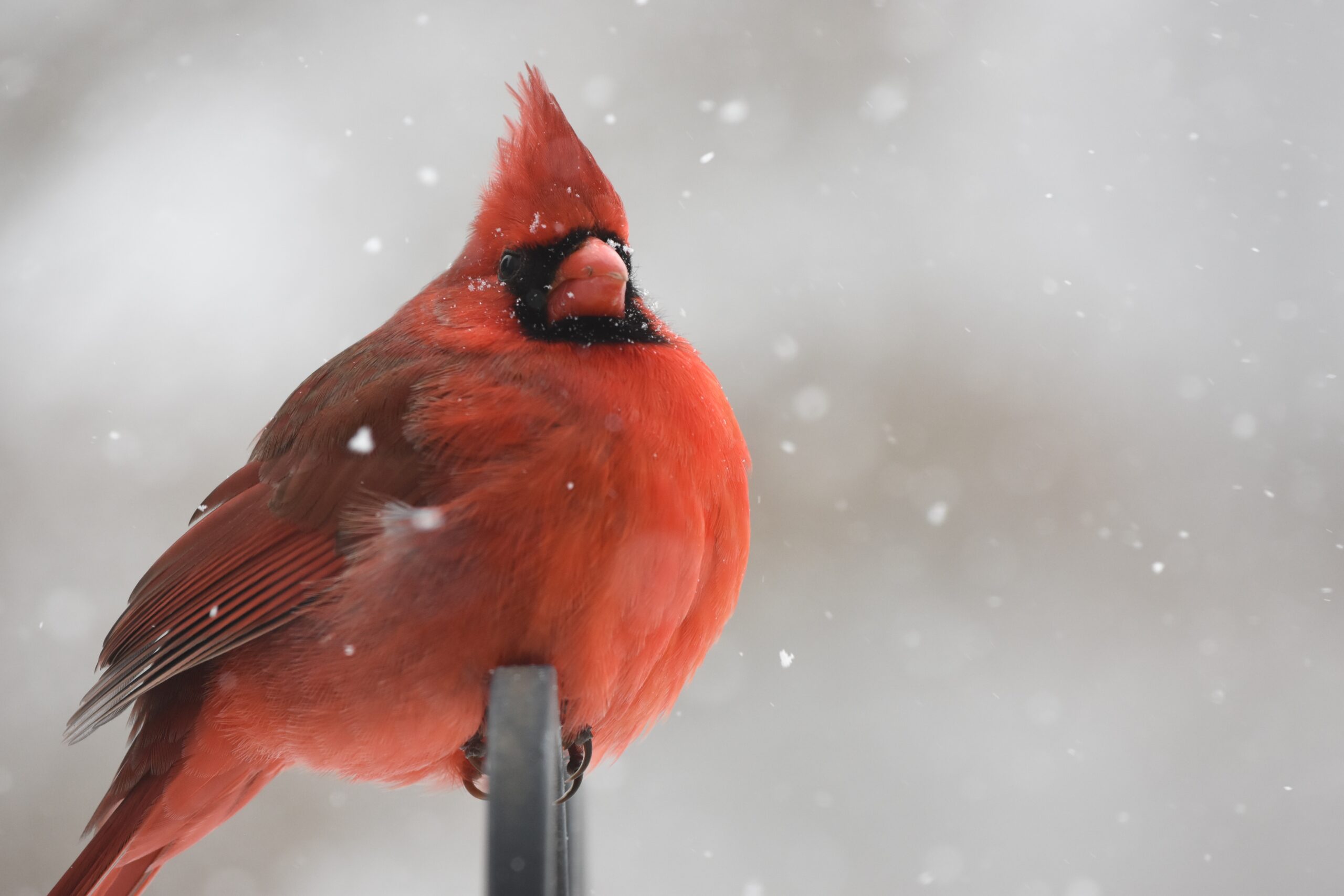
When it comes to ice climbing, staying warm is essential for an enjoyable and safe experience. The frigid temperatures and harsh conditions can be daunting, but fear not! There are effective strategies that you can employ to ensure you stay cozy and comfortable. From layering up with the right clothing to utilizing hand and foot warmers, this article will provide you with valuable tips and tricks to help you stay warm during your ice climbing adventures. So, get ready to conquer the icy slopes without letting the cold hinder your spirit!

Clothing Layering
When it comes to staying warm during ice climbing, clothing layering is key to combat the cold temperatures and harsh conditions you may face. By layering your clothing, you can trap warm air close to your body and create a barrier against the cold. This technique allows you to adjust your clothing as needed, depending on your activity level and the weather conditions.
Base Layer
The base layer is the first layer of clothing that touches your skin. Its primary function is to wick away moisture from your body, keeping you dry and comfortable. A good base layer should be made of a moisture-wicking material, such as merino wool or synthetic fibers like polyester or nylon. These fabrics are known for their ability to effectively manage moisture and regulate body temperature.
Insulating Layer
The insulating layer provides warmth by trapping air and preventing heat loss. It should be thick enough to provide sufficient insulation but still allow for freedom of movement. Wool and synthetic materials like fleece are popular choices for insulating layers due to their excellent thermal properties. These fabrics retain heat even when wet and provide insulation even in damp conditions.
Outer Layer
The outer layer serves as a protective shield against wind, rain, and snow. It should be windproof, waterproof, and breathable to keep you warm and dry in extreme conditions. Look for jackets and pants made of materials like Gore-Tex or similar waterproof-breathable fabrics. These fabrics offer reliable protection from the elements while allowing moisture to escape, preventing you from getting damp and chilled.
Choosing the Right Fabrics
Selecting the right fabrics for your ice climbing adventure is essential for staying warm and comfortable throughout your journey. Consider the following options:
Wool
Wool is a natural fabric that has been used for centuries due to its exceptional insulation properties. It provides excellent warmth even when wet and is naturally moisture-wicking and odor-resistant. Merino wool, in particular, is a popular choice for base layers due to its softness and ability to regulate body temperature.
Synthetic
Synthetic fabrics like polyester and nylon are widely used in outdoor clothing due to their durability, moisture-wicking abilities, and quick drying properties. These fabrics are often incorporated into base layers, mid-layers, and outer layers, providing excellent insulation and breathability.
Down
Down is a highly effective insulating material derived from the plumage of birds. It offers exceptional warmth and is incredibly lightweight. Down-filled jackets and vests are ideal for extreme cold conditions, as they provide excellent insulation without adding bulk. However, it’s important to note that down loses its insulating abilities when wet, so be sure to pair it with a waterproof outer layer.
Head and Neck Protection
Keeping your head and neck well-protected is crucial when it comes to staying warm during ice climbing. These areas are particularly vulnerable to heat loss, so investing in the right gear is essential.
Insulated Hat
An insulated hat or beanie is a must-have item for ice climbing. Look for hats made of wool or synthetic materials with a fleece lining for extra warmth. Opt for hats that cover your ears as well to protect them from the biting cold.
Neck Gaiter
A neck gaiter is a versatile accessory that can provide additional warmth and protection for your neck and face. It can be worn in various ways, such as a face mask, headband, or neck warmer. Look for gaiters made of soft, breathable, and moisture-wicking fabrics to ensure maximum comfort.
Hand Protection
Keeping your hands warm and functional is crucial during ice climbing, as they are exposed to the cold and often required to grip equipment or climb icy surfaces. Proper hand protection is essential for maintaining dexterity and preventing frostbite.
Insulated Gloves
Investing in high-quality insulated gloves is essential for ice climbing. Look for gloves specifically designed for cold weather activities, with features like water-resistant or waterproof materials, reinforced palm areas for grip, and adjustable wrist closures. Insulated gloves made of synthetic materials or a combination of synthetic and natural fibers provide excellent warmth and dexterity.
Hand Warmers
Hand warmers are small, portable heat sources that you can slip into your gloves or mittens to provide extra warmth to your hands. These disposable or reusable packs generate heat when activated, providing a comforting boost in cold conditions. They are a great supplement to insulated gloves, especially during extremely cold temperatures.

Footwear
Proper footwear is crucial for ice climbing, as your feet are prone to the cold, wet, and slippery conditions you may encounter. Invest in high-quality insulated boots designed for winter outdoor activities to keep your feet warm, dry, and well-protected.
Insulated Boots
Insulated boots are designed to provide warmth in cold conditions. Look for boots with insulation that suits the temperature ranges you’ll be facing. Thinsulate or Primaloft insulation are common choices for cold weather boots, providing excellent warmth without adding excess bulk.
Boot Warmers
Boot warmers are an excellent addition to your winter footwear arsenal, especially during frigid temperatures. These battery-powered or chemically activated inserts can be placed inside your boots to provide long-lasting heat. They are particularly beneficial for ice climbing, as they keep your feet warm and help prevent cold-related issues such as frostbite.
Double-Layered Socks
Wearing double-layered socks can provide additional insulation and prevent blisters during ice climbing. Opt for moisture-wicking socks as the base layer to keep your feet dry, and layer a thicker wool or synthetic sock over them for added warmth. Ensure that your boots accommodate the extra layers comfortably to maintain proper circulation.
Thermal Insoles
Thermal insoles are an often overlooked but highly effective accessory for increasing foot warmth. These insoles are designed to provide additional insulation and cushioning to your feet. Look for insoles made of materials like wool or synthetic fibers with thermal properties to keep your feet cozy even in freezing temperatures.

Using Heat Packs
When facing extremely cold temperatures, utilizing heat packs can provide you with extra warmth and comfort. There are various types of heat packs available, each targeting a specific area of the body.
Body Heat Packs
Body heat packs are adhesive patches that can be applied to your clothing, such as the back or chest area, to provide long-lasting warmth. These packs generate heat when exposed to air and are an excellent option for keeping your core warm during ice climbing.
Hand and Foot Warmers
Hand and foot warmers are small, disposable packs that can be slipped into your gloves or shoes to provide localized warmth to your extremities. These packs generate heat when exposed to air and can last for several hours. Placing hand or foot warmers inside your gloves or boots before starting your climb can help to ensure your hands and feet stay warm and comfortable.
Maintaining Body Heat
While proper gear and clothing play a significant role in keeping you warm, there are other factors to consider to maintain your body heat effectively.
Staying Active
One of the most effective ways to keep your body warm during ice climbing is to stay active. Move consistently and maintain a moderate level of physical activity to generate body heat. This will help to keep your muscles warm and increase blood flow, thereby keeping you warmer in the cold conditions.
Proper Hydration
Staying properly hydrated is essential for maintaining body heat. Drink fluids regularly to prevent dehydration, as it can affect your body’s ability to regulate temperature. Opt for lukewarm or warm fluids, such as herbal tea or warm water, to help raise your core body temperature from within.

Proper Nutrition
Eating the right foods and maintaining a well-balanced diet is crucial for staying warm during ice climbing. Consider the following tips:
Eating High-Calorie Foods
Consuming high-calorie foods can provide your body with the fuel it needs to generate heat and keep you warm. Include foods rich in healthy fats and complex carbohydrates, such as nuts, seeds, whole grains, and lean proteins, in your meals and snacks. These foods provide long-lasting energy and help to keep your internal furnace burning.
Drinking Warm Beverages
In addition to proper hydration, drinking warm beverages can help to raise your body temperature from the inside. Sip on hot drinks like cocoa, herbal teas, or warm fruit-infused water throughout the day to keep yourself warm and hydrated.
Avoiding Moisture
Moisture can be your worst enemy when it comes to staying warm during ice climbing. Follow these tips to manage sweat and wear appropriate gear to avoid moisture-related issues.
Managing Sweat
Sweat can be a significant source of moisture, leading to a chill and potential discomfort. Layer your clothing appropriately to wick away moisture from your skin and avoid overheating. Choose fabrics with moisture-wicking properties and open up ventilation options, such as pit zips on jackets, to allow excess heat and moisture to escape.
Wearing Waterproof Gear
Investing in waterproof gear is essential for staying dry and warm during ice climbing. Make sure your outer layer, including jackets, pants, and gloves, is made of waterproof and breathable materials to prevent moisture from seeping in. This will help to keep you dry, prevent chills, and maintain your body heat effectively.
By following these comprehensive tips and understanding the importance of proper clothing layering, fabric choices, and accessory selection, you can ensure a warm and enjoyable ice climbing experience. Remember to stay active, hydrated, and fueled with warm, high-calorie foods, and pay attention to moisture management to keep yourself comfortable and safe in the challenging icy conditions. Stay warm, be prepared, and seize the thrill of ice climbing!

